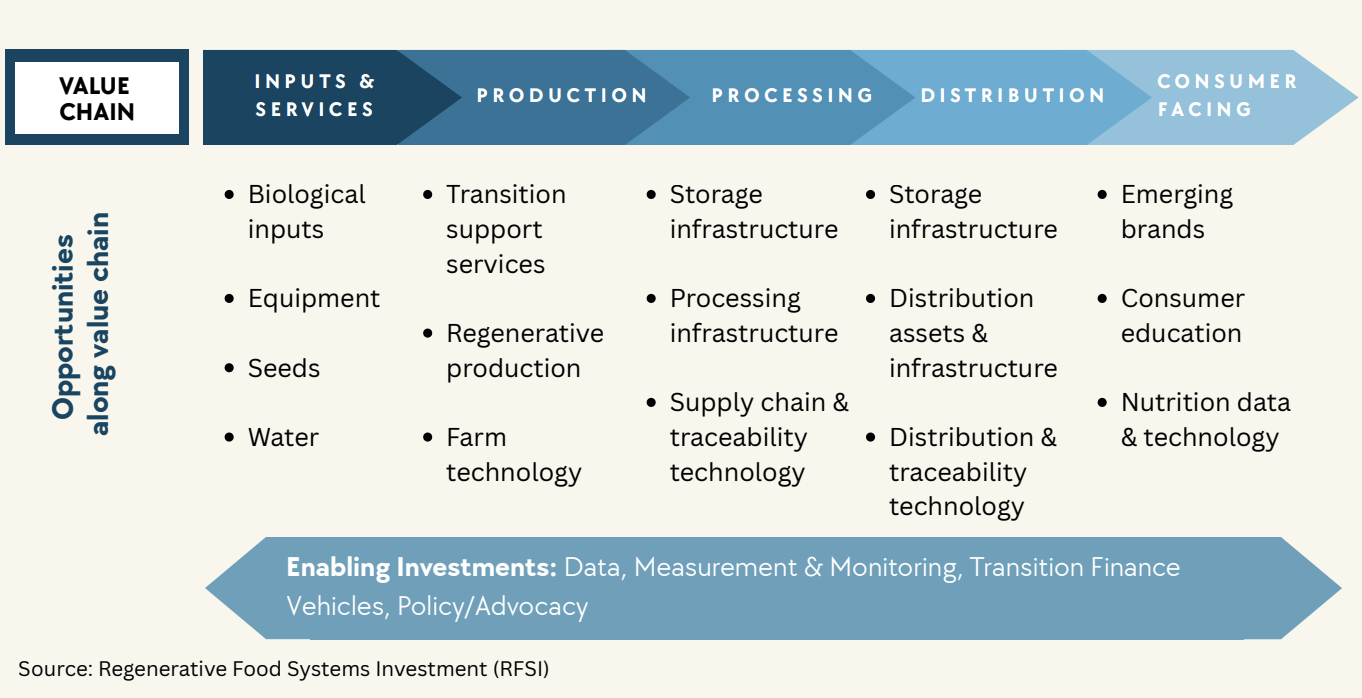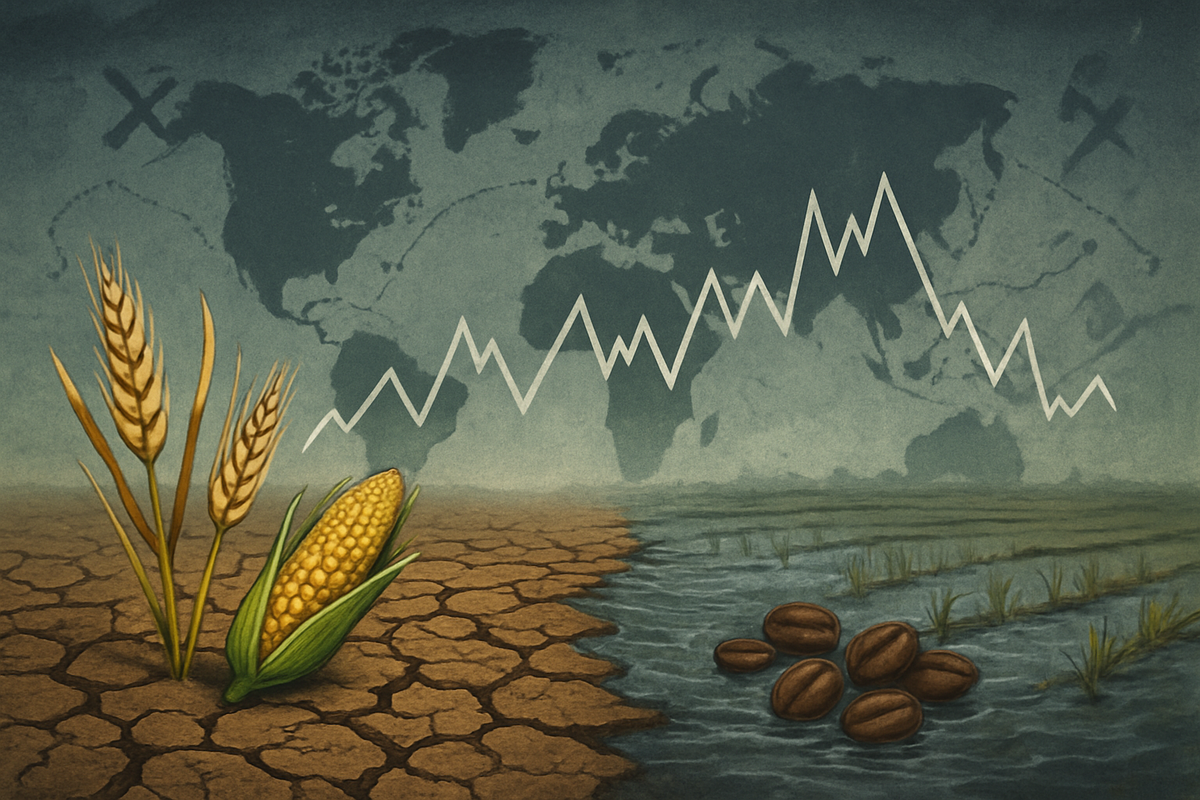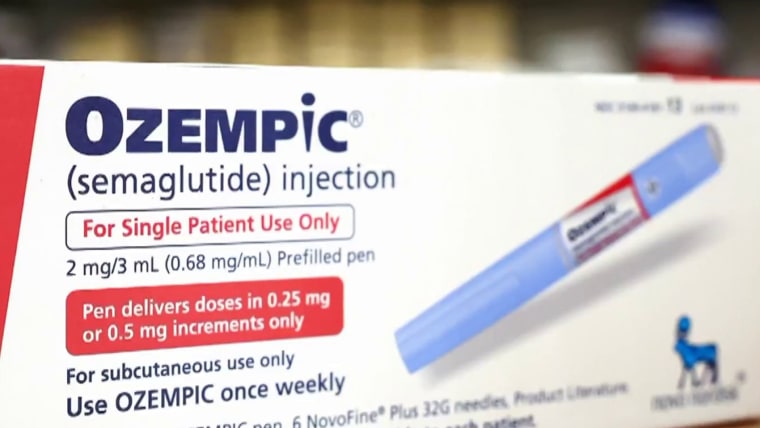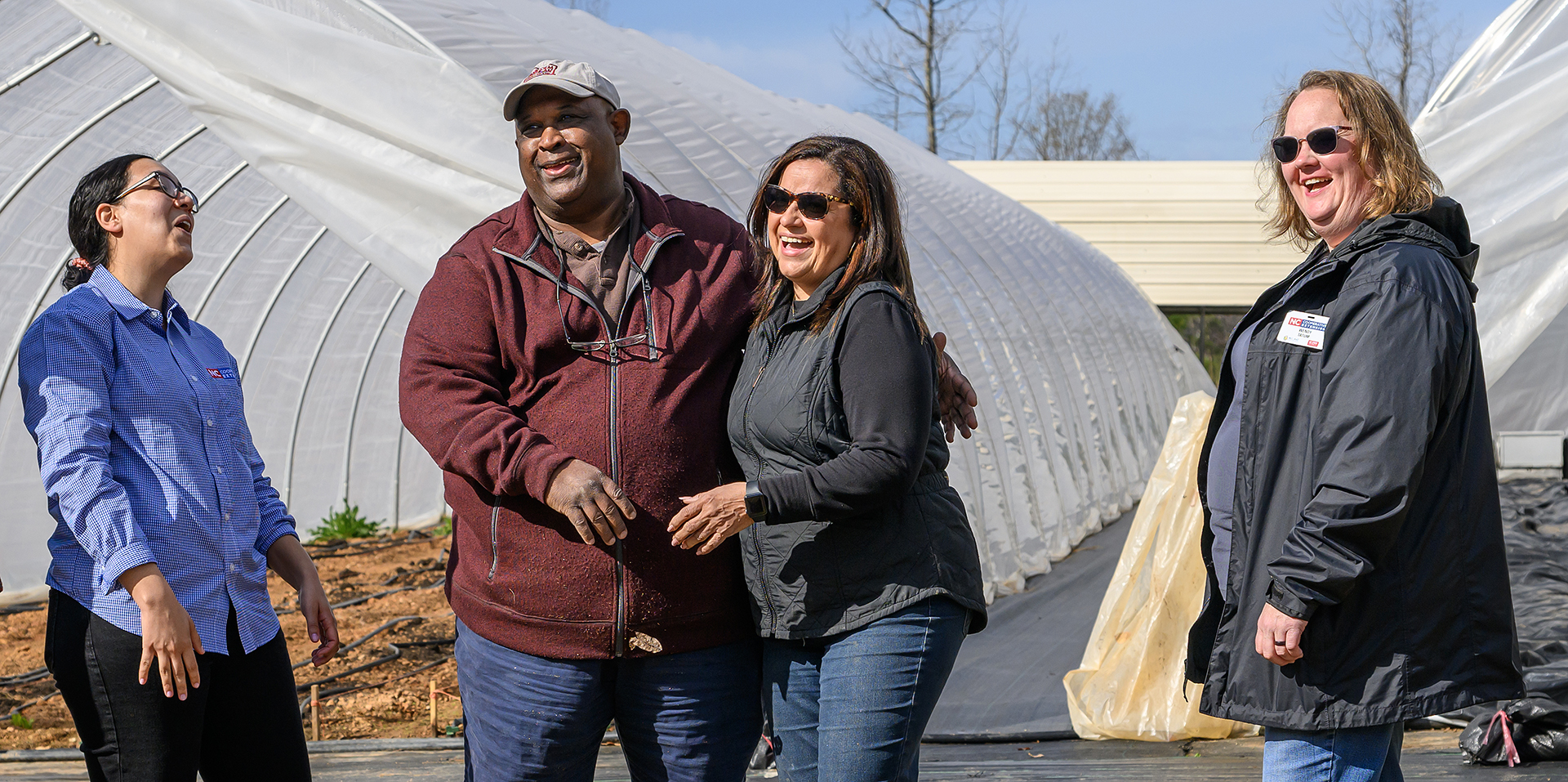Guest article: Making the business case for sustainable agriculture through ag biologicals – AgFunderNews

Report on Agricultural Biologicals as a Catalyst for Sustainable Development Goals
Executive Summary
Agricultural biologicals are pivotal instruments for advancing sustainable agriculture and achieving key United Nations Sustainable Development Goals (SDGs). Their role extends beyond being mere substitutes for chemical inputs; they are enablers of a systemic transformation in food production. By improving soil health, optimizing nutrient use, and reducing chemical dependency, biologicals directly contribute to SDG 2 (Zero Hunger), SDG 12 (Responsible Consumption and Production), SDG 13 (Climate Action), and SDG 15 (Life on Land). This report analyzes the integration of agricultural biologicals within regenerative agriculture frameworks and explores financial models, such as Payments for Ecosystem Services (PES), that create a viable business case for growers while accelerating progress toward the SDGs.
Regenerative Agriculture: A Framework for SDG Alignment
Core Principles and Contributions to SDG 15 (Life on Land)
Regenerative agriculture provides a flexible and systemic approach to farming that restores ecosystem health, directly supporting the targets of SDG 15. Its core principles are synergistic with the functions of agricultural biologicals.
- Minimizing Soil Disturbance: Practices like no-till farming protect soil structure and microbial life, preventing land degradation.
- Increasing Organic Inputs: The use of cover crops and organic matter enriches the soil, enhancing its capacity to support life.
- Maintaining Continuous Soil Cover: This practice prevents erosion and improves water retention, crucial for combating desertification.
- Integrating Livestock and Plants: This approach mimics natural ecosystems, improving nutrient cycling and biodiversity.
- Diversifying Crops: Crop rotation and polycultures enhance soil health and increase resilience, protecting biodiversity.
These practices create a rich microbial environment that amplifies the effectiveness of biological inputs, leading to restored soil health and enhanced ecosystem functions, which are central tenets of SDG 15.
Synergies with Biologicals for SDG 13 (Climate Action)
The combination of regenerative practices and agricultural biologicals presents a powerful strategy for climate change mitigation and adaptation, aligning with SDG 13.
- Reduction of Synthetic Fertilizers: The use of biostimulants and other biologicals can significantly reduce dependency on synthetic nitrogen and potassium fertilizers, which are energy-intensive to produce and a source of greenhouse gas emissions. Some manufacturers claim nitrogen application reductions of up to 25%.
- Enhanced Carbon Sequestration: Healthy, microbially active soils, fostered by regenerative practices and biologicals, are more effective at sequestering atmospheric carbon.
- Increased Farm Resilience: By improving soil health and water retention, these integrated systems make farms more resilient to climate-related stresses such as drought and extreme weather events.
Economic Models for Sustainable Practices and SDG Attainment
Monetizing Ecosystem Services for SDG 8 and SDG 2
A critical challenge is translating environmental benefits into a clear business case for farmers. Compensating growers for the ecosystem services they provide creates direct financial returns, promoting the economic viability required for SDG 8 (Decent Work and Economic Growth) and ensuring the long-term food security targeted by SDG 2 (Zero Hunger).
Key monetizable ecosystem services include:
- Carbon sequestration and greenhouse gas emission reductions.
- Improved soil health and function.
- Enhanced water retention and quality.
- Increased on-farm biodiversity.
Several agricultural biological companies are developing integrated models that link their products to verified carbon or sustainability outcomes, creating new revenue streams for farmers and driving private-sector investment in climate solutions.
Investment and Scalability for SDG 17 (Partnerships for the Goals)
Addressing the Investment Gap through Impact Finance
Current investment in agtech, including biologicals, has declined. To overcome this, the conversation must be elevated beyond simple input replacement to focus on systemic impact. By framing agricultural biologicals within the context of regenerative agriculture and linking their use to measurable environmental outcomes, the sector can attract new forms of capital.
This approach aligns with SDG 17 (Partnerships for the Goals) by:
- Attracting Impact Investors: Clear metrics for positive environmental outcomes can draw capital from investors focused on achieving social and environmental returns.
- Unlocking Blended and Catalytic Finance: Public, private, and philanthropic partnerships can be formed to de-risk and scale the adoption of regenerative systems.
- Fueling Private-Sector Commitments: The demand for insetting and offsetting to meet corporate decarbonization goals can be met through scalable, soil-based carbon programs enabled by biologicals.
Conclusion: An Integrated Path Toward Sustainable Agriculture
The advancement of agricultural biologicals is intrinsically linked to the success of the Sustainable Development Goals. By integrating biological innovations with regenerative agriculture practices and creating financial mechanisms that reward farmers for their environmental stewardship, the agricultural sector can transition toward a model that is both economically viable and ecologically restorative. This integrated strategy is essential for building a resilient food system, taking meaningful climate action, and protecting terrestrial ecosystems for future generations.
Sustainable Development Goals (SDGs) Addressed in the Article
-
SDG 2: Zero Hunger
The article focuses on sustainable agriculture, a key component of SDG 2. It discusses methods like using biological inputs and regenerative practices to “improve soil health, optimize nutrient efficiency,” and make farms “more resilient to stress.” This directly contributes to creating sustainable food production systems and ensuring long-term food security.
-
SDG 12: Responsible Consumption and Production
The article addresses the need to “reduce chemical dependence” in agriculture by promoting biological inputs as an alternative to synthetic fertilizers and pesticides. This aligns with the goal of achieving environmentally sound management of chemicals and promoting sustainable production patterns. The text also touches on creating market differentiation through “regenerative sourcing,” which connects production practices to consumer choices.
-
SDG 13: Climate Action
This goal is explicitly mentioned. The article highlights regenerative agriculture as a “climate adaptation and climate mitigation strategy” that helps “agriculture play a role in slowing climate change.” It delves into mechanisms for “carbon sequestration and greenhouse gas emission reductions” through soil-based carbon credits, directly linking agricultural practices to climate action.
-
SDG 15: Life on Land
The core of the article revolves around practices that “restore soil health, enhance biodiversity, and rebuild ecosystem functions.” By promoting techniques like minimal tillage, cover cropping, and increasing organic inputs, the article advocates for the sustainable management of terrestrial ecosystems, which is central to SDG 15.
Specific SDG Targets Identified in the Article
SDG 2: Zero Hunger
-
Target 2.4: By 2030, ensure sustainable food production systems and implement resilient agricultural practices that increase productivity and production, that help maintain ecosystems, that strengthen capacity for adaptation to climate change… and that progressively improve land and soil quality.
The article’s entire discussion on regenerative agriculture—including practices like “minimal or no tillage,” “increasing organic inputs,” and “maintaining continuous soil cover”—is aimed at creating resilient and sustainable systems that improve soil quality, directly aligning with this target.
SDG 12: Responsible Consumption and Production
-
Target 12.4: By 2020, achieve the environmentally sound management of chemicals and all wastes throughout their life cycle… and significantly reduce their release to air, water and soil in order to minimize their adverse impacts on human health and the environment.
The article advocates for biological inputs to “reduce chemical dependence” and mentions specific outcomes, such as a “25% reductions in nitrogen application,” which directly supports the goal of reducing the use and release of synthetic chemicals in agriculture.
SDG 13: Climate Action
-
Target 13.1: Strengthen resilience and adaptive capacity to climate-related hazards and natural disasters in all countries.
The text states that regenerative agriculture serves as a “climate adaptation… strategy, making farms more resilient to stress,” which is the core objective of this target.
-
Target 13.2: Integrate climate change measures into national policies, strategies and planning.
The article discusses private-sector mechanisms like “Payments for Ecosystem Services (PES)” and “soil-based carbon credits” that monetize “carbon sequestration and greenhouse gas emission reductions.” These market-based instruments are a way of integrating climate change measures into economic and agricultural planning.
SDG 15: Life on Land
-
Target 15.3: By 2030, combat desertification, restore degraded land and soil… and strive to achieve a land degradation-neutral world.
The article’s emphasis on practices that “restore soil health,” “increase soil organic matter,” and “rebuild ecosystem functions” directly contributes to restoring degraded land and improving soil quality, which is the essence of this target.
-
Target 15.5: Take urgent and significant action to reduce the degradation of natural habitats, halt the loss of biodiversity…
The article mentions that regenerative practices aim to “enhance biodiversity” and create a “richer microbial environment,” which supports the goal of halting biodiversity loss within agricultural ecosystems.
Indicators for Measuring Progress
SDG 2: Zero Hunger (Target 2.4)
- Proportion of agricultural area under sustainable practices: The article provides specific data points that can serve as indicators, such as “about 4.7% of U.S. cropland was planted with cover crops in 2022” and “roughly 27.5% was managed under no-till practices.” These metrics measure the adoption rate of regenerative techniques.
SDG 12: Responsible Consumption and Production (Target 12.4)
- Reduction in synthetic fertilizer application: The article explicitly mentions a quantifiable claim: “claiming 25% reductions in nitrogen application.” This serves as a direct indicator of reduced chemical dependence.
SDG 13: Climate Action (Target 13.2)
- Amount of carbon sequestered or emissions reduced: The article discusses monetizing climate outcomes and cites a specific, though debated, figure from a company claim: “3.8 tCO₂e per acre.” This represents a direct indicator for measuring greenhouse gas emission reductions in agriculture.
SDG 15: Life on Land (Targets 15.3 & 15.5)
- Soil organic matter content: The article repeatedly refers to practices that “increase soil organic matter.” This is a key scientific indicator for measuring soil health and restoration progress.
- Microbial biodiversity: While not quantified, the article implies this indicator by mentioning that regenerative practices create a “richer microbial environment,” which is crucial for ecosystem function and biodiversity.
Summary Table: SDGs, Targets, and Indicators
| SDGs | Targets | Indicators |
|---|---|---|
| SDG 2: Zero Hunger | 2.4: Ensure sustainable food production systems and implement resilient agricultural practices. | Percentage of cropland under sustainable practices (e.g., 4.7% with cover crops, 27.5% under no-till). |
| SDG 12: Responsible Consumption and Production | 12.4: Achieve the environmentally sound management of chemicals. | Percentage reduction in synthetic fertilizer use (e.g., claimed 25% reduction in nitrogen application). |
| SDG 13: Climate Action | 13.1: Strengthen resilience and adaptive capacity to climate-related hazards. 13.2: Integrate climate change measures into planning. |
Tons of CO₂ equivalent sequestered per acre (e.g., 3.8 tCO₂e per acre). |
| SDG 15: Life on Land | 15.3: Combat desertification, restore degraded land and soil. 15.5: Halt the loss of biodiversity. |
Increase in soil organic matter. Enhancement of microbial biodiversity in soil. |
Source: agfundernews.com
What is Your Reaction?
 Like
0
Like
0
 Dislike
0
Dislike
0
 Love
0
Love
0
 Funny
0
Funny
0
 Angry
0
Angry
0
 Sad
0
Sad
0
 Wow
0
Wow
0
















































:focal(1500,1000)/https://media.globalcitizen.org/a6/9a/a69a4720-d8a1-4715-b596-18738d03c05c/rotary_polio_hero_image.jpg?#)







/countries/sri-lanka/photo-credit---dmc-sri-lanka.tmb-1200v.jpg?sfvrsn=dc298bcc_1#)


















